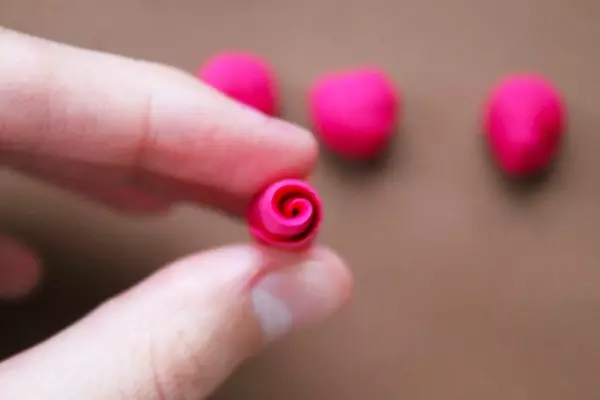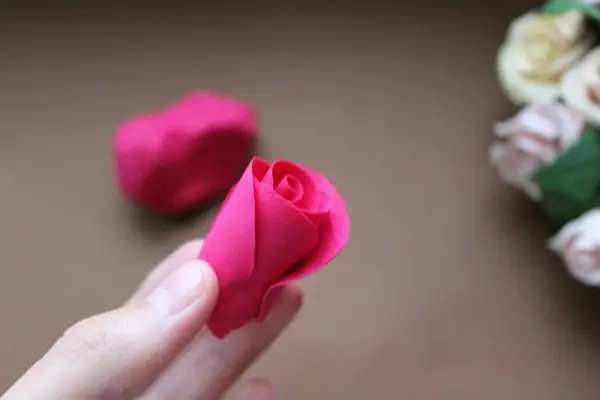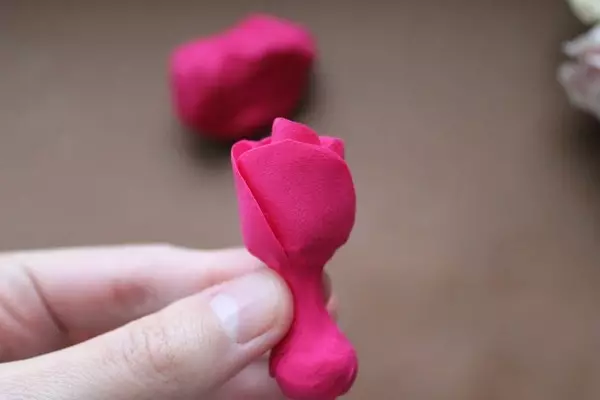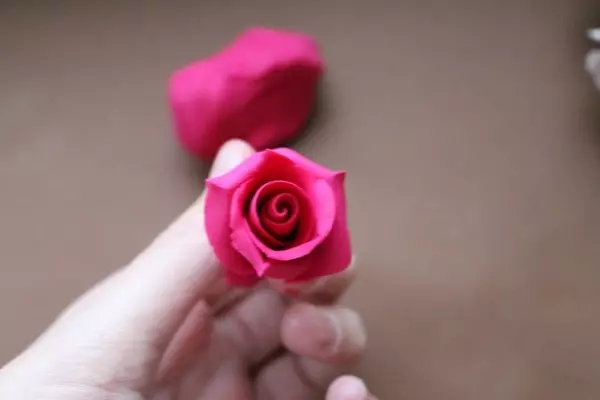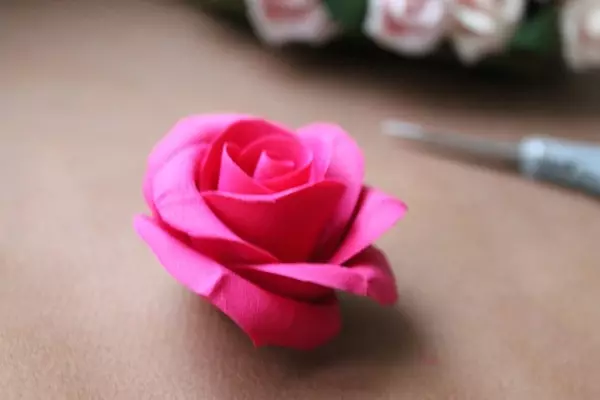Each amateur jewelry knows what polymer clay is. In this article, you will learn all about polymer clay for beginners, what features of the work, its advantages and disadvantages.
We also offer to see a selection of video on this topic:
Polymer clay (plastic) according to properties and externally similar to plasticine, but is distinguished by the presence of plasticizer. Therefore, they do not advise her to give children up to eight years. The plasticizer evaporates after warming up, the finished products are baked in the oven at about 110-130 degrees, but some clays can be cooking. After thermal exposure, the clay is solid, and if the temperature was suppressed correctly, the product will be durable and serves you for a long time.
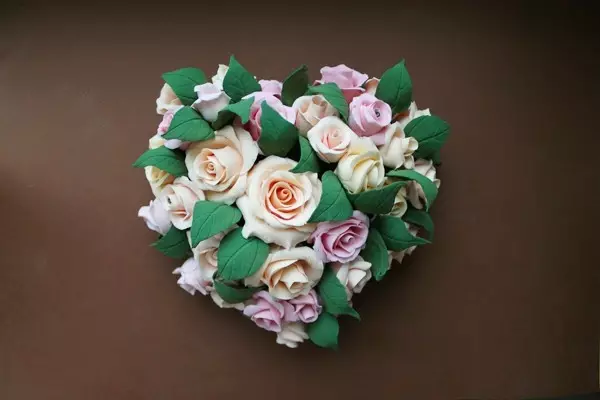
We start with simple
Start follows from the selection of the clay itself. The stores provided a large selection of various brands: Skulpey, Premo, Pardo, Kato, Fimo, from the Russian - Sonnet, from Polish plastie. On buying clay it is better not to skip and immediately take a good one.
When purchasing clay, you need to pay attention to the expiration date: fresh plastic will be overly lipped to the hands, and the old one - it will have to get rid of it and it will have to either get rid of it, or buy a softener, which is very expensive. Sold clay in stationery, artistic and online stores.
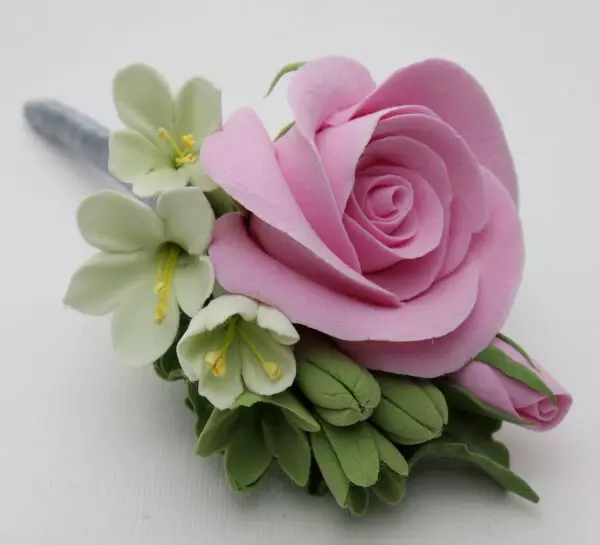
Also need to buy varnish. Often, ready-made means from thermoplasty are covered with varnish to impart glossiness and greater brightness of shades, to increase strength or to fix the tinting.
Lucky for plastics are matte, half-one and glossy. In stores you can purchase special varnishes for polymer clay, which are produced by thermoplastic manufacturers or you can find building materials stores. The most popular are water-soluble acrylic varnishes on a polyurethane basis: they do not smell, quickly dry, easily cleaned with brushes and a day after applying is very resistant to humidity and mechanical damage.
You should not forget that before applying the varnish the product is required to be deguted with alcohol or wash with soap. For applying a varnish, the synthetic brushes are most perfectly suitable.
What instruments will be required? At the beginning, when you just get acquainted with the material, you can do the fact that you have. We need:
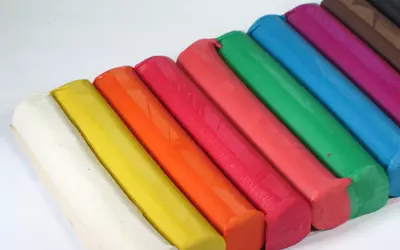
- Solid surface for work, ideally ceramic stove. You can immediately sculpt on it, and bake. A glass surface is also suitable, but it's not worth baking on it, as it can burst. If nothing of this is not, then it is possible on the usual white sheet to carry out the modeling;
- Cutting tool - thin slimmed blade. An ordinary stationery knife is suitable, and for quite small works, you can use a razor blade;
- Toothpicks. Without them, do not cope at all. They will be needed and to make holes, and to give bends, and to fix the elements on the plastic. Instead of toothpicks, you can use a needle;
- Rolling to roll out clay and make smooth color transitions. There are special rack for this, but you can use anyone similar to glass or metal. The plastic and wooden clay will be sticking;
- Wet wipes and gloves so that the work passed neatly and neat. Napkins should be wiped with a working surface after each color, and the gloves will get rid of the product from traces and fingerprints;
- Metal cutter molds to obtain figures from raw clay. Instead, you can use conventional covers from cans and bottles;
- Almost all can be useful for working with clay - any brushes, circles, sequins, beads, shells and much more.
Article on the topic: Decor do-it-yourself for home from progress materials: master class with photos and videos
In working with thermoplastic, many different devices are used: texture sheets, syringes for plastics with multiple nozzles, paste-machine, liquid plastic, powder, and so on. All this in the future you can buy if you understand that the modeling of polymer clay is what you really want to do!
Gentle decoration
Let's see how to make a beautiful and interesting pendant from polymer clay.
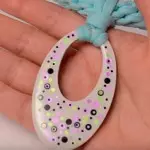
Materials and tools:
- black, white, green, purple thermoplastic;
- "Camiforms" to decorate nails;
- FIMO-GEL;
- Epoxy resin. Scales, boilers, kneading wish;
- texture sheet;
- Small texture for the wrong side;
- Silicone spray;
- Flexible blade for thermoplastic;
- Cutes oval;
- Macate knife;
- wax or toothpick pencil;
- emery paper number 1000;
- cord with a diameter of about 1.5 cm;
- threads, needle;
- rod for the formation of confusion;
- Wire thick 0.8-1 mm;
- glue;
- tools for assembling decorations;
- clasp, extension chain, white bead;
- Baking tiles;
- Pasta machine, roller.
View a master class on video:
Also from polymer clay you can make stunning flowers.
For example, orchid:
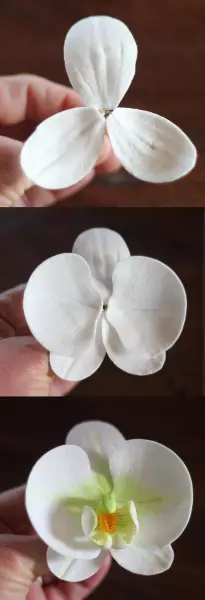
Clover:

Sakura flowers:
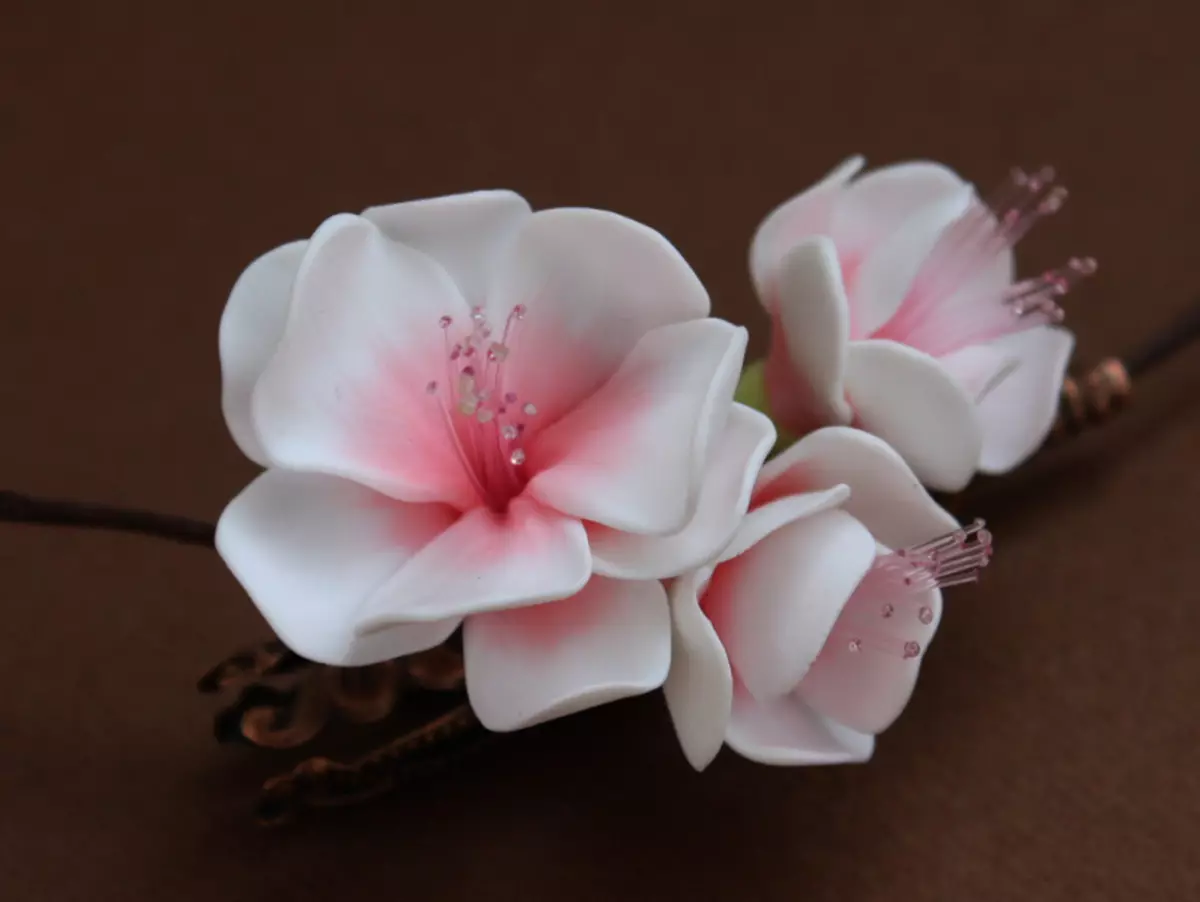
Roses. The photo below shows the step by step process of creating a tender rosette:
